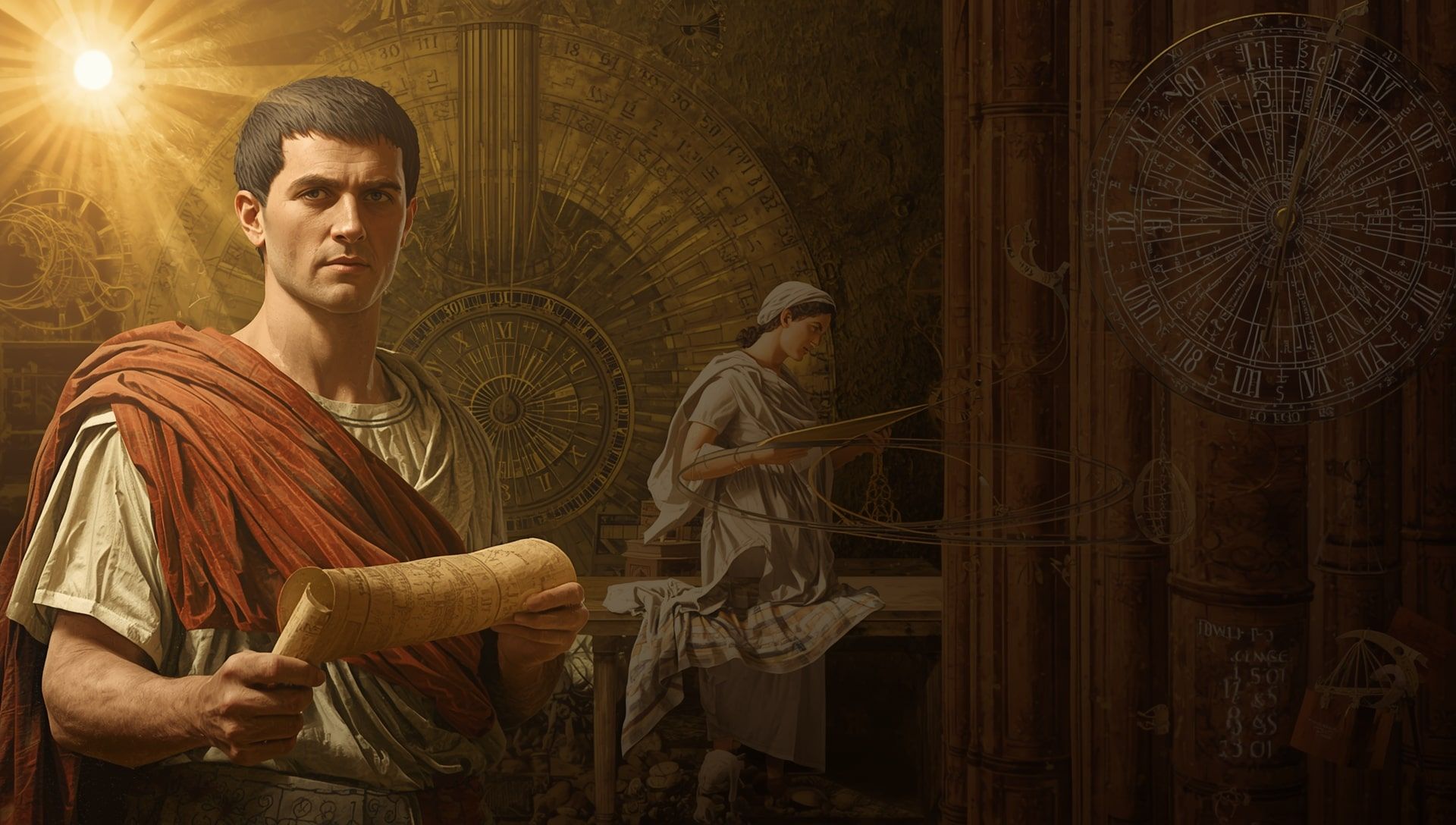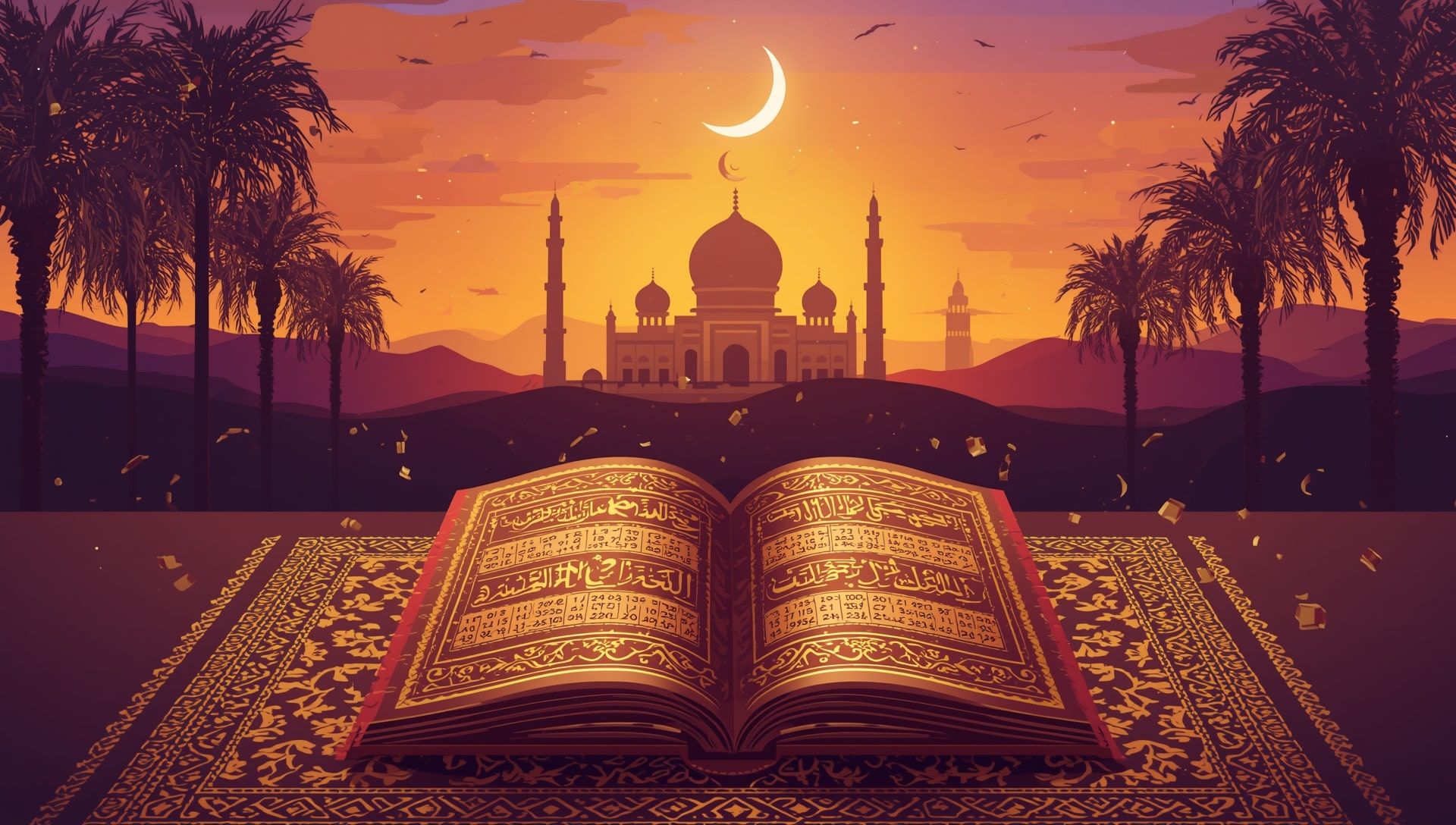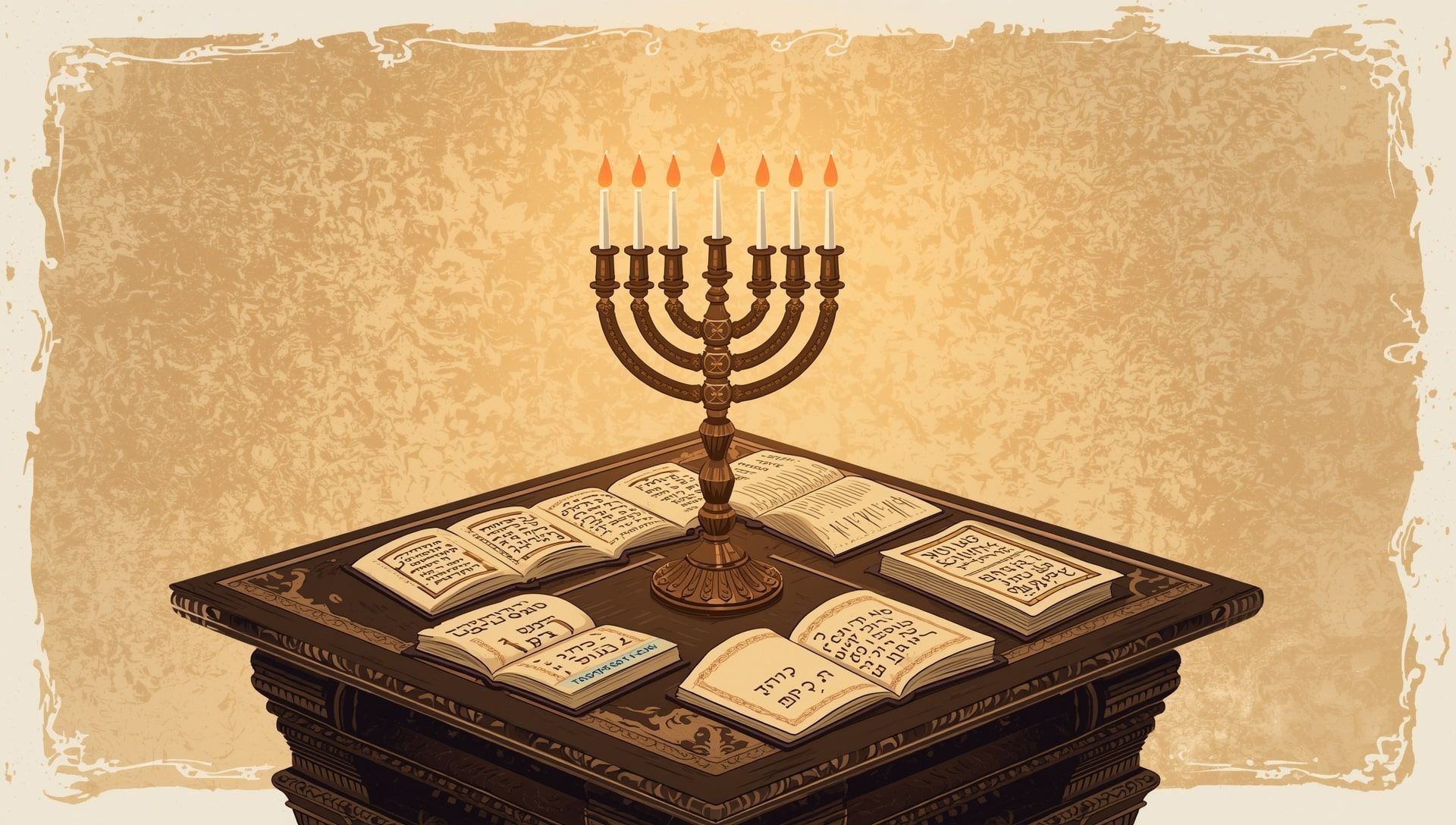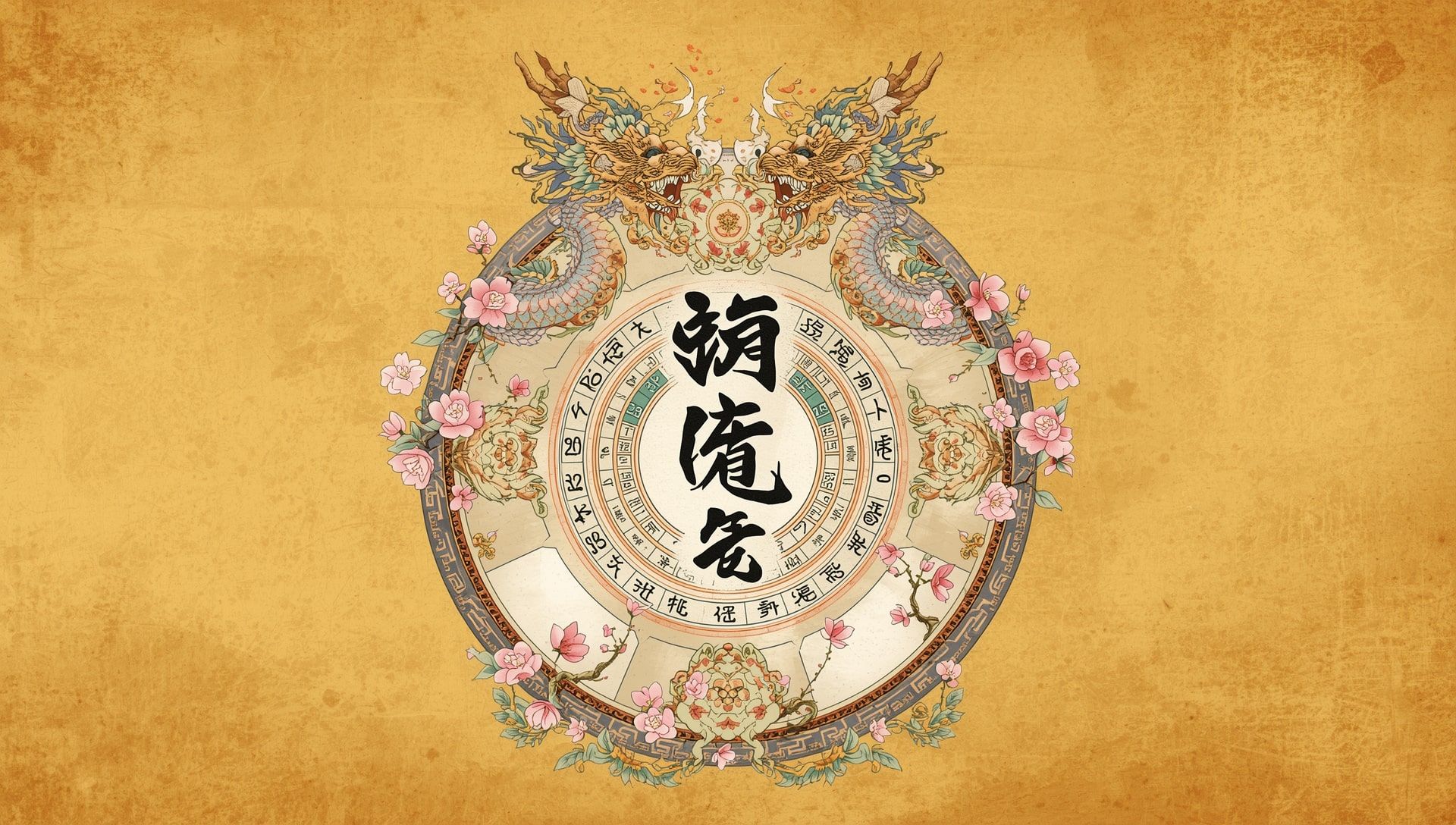Every culture measures time, but not every culture measures it the same way. The year follows the Sun, the month follows the Moon, yet the week seems to come from somewhere else entirely. Why seven days? Why not five, ten, or twelve? The answer lies in a blend of astronomy, religion, and ancient habit that shaped how the world still organizes life today.
The seven day week has roots in ancient Babylonian astronomy and religious traditions that spread across empires. It became universal through Roman adoption and remains the standard cycle for timekeeping around the world.
Time Before the Seven Day Week
Before the idea of a week existed, early societies marked time by the movements of the Sun and Moon. The Moon’s cycle, roughly 29 and a half days, gave rise to months. People divided those months into phases, such as new, quarter, full, and waning. Many cultures developed systems that fit neatly into their lunar calendars, but not all agreed on how to divide those days further.
Ancient Egyptians used a ten day cycle called a decade. The Mayans used a 13 day ritual cycle as part of their calendar. The Romans, before the seven day week, organized time in blocks of eight days known as nundinae. Markets and business followed those cycles, not a universal pattern of sevens. So how did seven win out? You can learn more about how different calendar systems evolved across civilizations.
The Babylonian Influence
The story begins in ancient Mesopotamia more than 4,000 years ago. The Babylonians, expert astronomers and mathematicians, observed seven bright objects moving across the night sky. These were the Sun, Moon, Mars, Mercury, Jupiter, Venus, and Saturn. To them, each held divine power and represented a different god. They divided their lunar months into four groups of seven days to align with the Moon’s visible phases, linking religion, astronomy, and timekeeping together — a concept that influenced how time zones would later organize the modern world.
Each day was dedicated to one of those celestial bodies. This connection between days and deities gave the number seven sacred meaning. It appeared in myths, rituals, and even architecture. From temples to texts, the Babylonians treated seven as a symbol of completeness and cosmic balance.
The Babylonians used base 60 mathematics, which explains why we have 60 seconds in a minute and 60 minutes in an hour. Their influence on how we measure time runs deep, even thousands of years later, much like how the modern calendar evolved through ancient innovations.
Hebrew Tradition and the Sabbath Cycle
The next major step in the seven day structure came from the Hebrew people. In the Book of Genesis, creation unfolds over six days, and the seventh day is set aside as a day of rest, the Sabbath. This concept of work and rest became not only religious law but also a rhythm of life. The week was now both spiritual and practical.
The Hebrews did not base their seven day week on astronomy but on divine command. It was a theological cycle, independent of the Sun or Moon. Over centuries, this rhythm shaped Jewish identity and influenced cultures that encountered it through trade, migration, and later, empire — shaping how liturgical calendar seasons still mark sacred time today.
Greek and Roman Adoption
As the Greek world came into contact with Babylonian and Jewish ideas, the seven day cycle began to spread. Greek astronomers already admired Babylonian knowledge, and philosophers connected the seven celestial bodies to human fate. Astrology grew popular, and each day was associated with a planetary god.
The Romans eventually absorbed this idea. They kept their eight day market week for civil affairs but adopted the seven day cycle for religious and astrological purposes. Over time, the two systems coexisted until Emperor Constantine officially standardized the seven day week across the Roman Empire in the early 4th century CE. Once Rome adopted it, the system spread everywhere the empire reached — setting the foundation for how calendars still organize modern life.
The names of the days in English still reflect their Roman and Norse influences. Sunday comes from the Sun, Monday from the Moon, and Saturday from Saturn — reminders of our seven-day tradition that persists in every culture today.
How the Days Got Their Names
The naming of days is a fascinating blend of mythology and translation. Latin and later European languages mixed Roman planetary gods with local deities. When Germanic tribes adopted the Roman calendar, they replaced Roman gods with those from Norse mythology who carried similar traits, creating the roots of our worldwide timekeeping conventions.
| English Day | Roman Origin | Norse Equivalent |
|---|---|---|
| Sunday | Dies Solis (Day of the Sun) | Sunna’s Day |
| Monday | Dies Lunae (Day of the Moon) | Máni’s Day |
| Tuesday | Dies Martis (Day of Mars) | Tiw’s Day (Tyr, god of war) |
| Wednesday | Dies Mercurii (Day of Mercury) | Woden’s Day (Odin) |
| Thursday | Dies Jovis (Day of Jupiter) | Thor’s Day |
| Friday | Dies Veneris (Day of Venus) | Frigg’s Day (goddess of love) |
| Saturday | Dies Saturni (Day of Saturn) | Saturn’s Day (unchanged) |
Through conquest, trade, and cultural exchange, these names spread throughout Europe and beyond. Many Asian languages also adopted the seven day week, though often replacing mythological names with numbers or celestial symbols, as seen in work weeks in different countries.
The Spread Across the World
When Christianity became dominant in Europe, the seven day week gained even stronger footing. The Sabbath and Sunday worship gave it religious authority, while Roman organization made it practical. Islamic tradition also recognized a seven day cycle, with Friday as a sacred day of gathering and prayer. The pattern crossed continents through faith and empire, becoming the shared rhythm of humanity.
Even cultures that once followed different systems, such as China or India, eventually adopted the seven day week for global coordination. Today, international business, communication, and technology rely on it completely. The world turns on a seven day rhythm without even thinking about its ancient roots — a rhythm reflected in every event planner and digital schedule.
- The seven day week predates Rome by more than 2,000 years.
- Babylonians linked the number seven to visible celestial bodies.
- Jewish and Christian traditions reinforced the seven day cycle through the Sabbath.
- The modern week became universal after the Roman Empire’s adoption.
Why Not a Different Number of Days?
It might seem arbitrary to have seven days instead of ten or five, but the number carries symbolic weight. Ancient people viewed seven as mystical and complete. There were seven planets visible to the naked eye, seven colors in the rainbow, and seven notes in a musical scale. The number felt balanced and meaningful long before mathematics could explain why — just as leap years show how cosmic cycles shape human time.
Shorter cycles, such as five day weeks, appeared in some societies, but they proved less stable. They did not divide evenly into the month or year, and they lacked religious or cultural power. The seven day week lasted because it satisfied both spiritual and social needs. It fit human behavior as much as it fit ancient observation.
The Week in Modern Life
Today, the week structures everything from work to rest to entertainment. The five day workweek, established in the industrial era, and the two day weekend are cultural creations built on the seven day foundation. Even digital systems and global databases depend on it for time coordination, similar to how time zone converters keep the modern world synchronized.
There have been attempts to reform it. In the 20th century, both the Soviet Union and France experimented with different week lengths to increase productivity. They quickly discovered that breaking the seven day rhythm caused confusion and exhaustion. Human psychology and social coordination resisted change. Seven simply works.
The Symbolic Meaning of Seven
Beyond practicality, seven has always symbolized completeness, reflection, and renewal. From ancient myth to modern thought, it stands for the balance between the spiritual and the physical. The seventh day gives humanity a built-in pause, a space to rest and reset before the cycle begins again. That structure helps societies maintain both productivity and sanity — something we still schedule carefully in every weekly plan.
It is no accident that the seven day pattern endures across religions and ideologies. It speaks to something deeply human, a need for rhythm and recurrence. Every new week feels like a small restart, an echo of the ancient idea that life moves in circles, not straight lines.
How Seven Days Continue to Define Us
In a world that measures time by milliseconds and atomic precision, the seven day week remains ancient and human. It ties us to our ancestors, who watched the sky and gave meaning to light and darkness. It reminds us that order in time is not only about counting days but about giving them purpose — a perspective that shaped the Gregorian calendar we still use today.
Every Sunday morning or Monday rush hour carries history older than civilization itself. The week we live by is not a natural law but a shared agreement passed down through millennia. It endures because it fits the rhythm of human life better than anything else.
The Lasting Legacy of the Seven Day Week
From Babylonian stargazers to Roman emperors and modern offices, the seven day week connects past and present in an unbroken chain. It tells the story of how humanity learned to live with the sky, the seasons, and itself. The next time you flip your calendar or plan your weekend, remember that you are following a rhythm that began when people first looked up and counted seven lights in the night sky - The same cosmic order that influences lunar and solar calendars to this day.
Time may evolve, but the week remains. Seven days, one cycle, countless generations repeating the same pattern of work, rest, and renewal.









